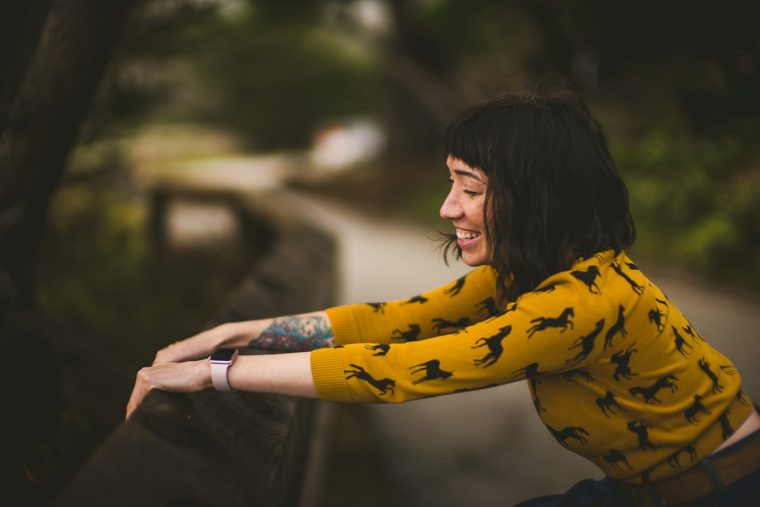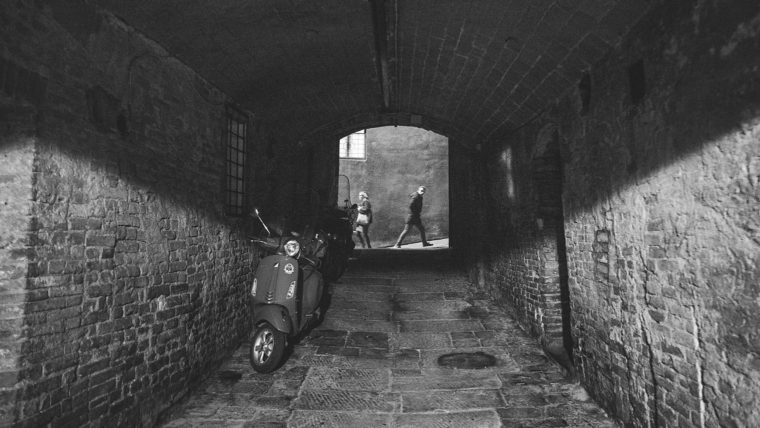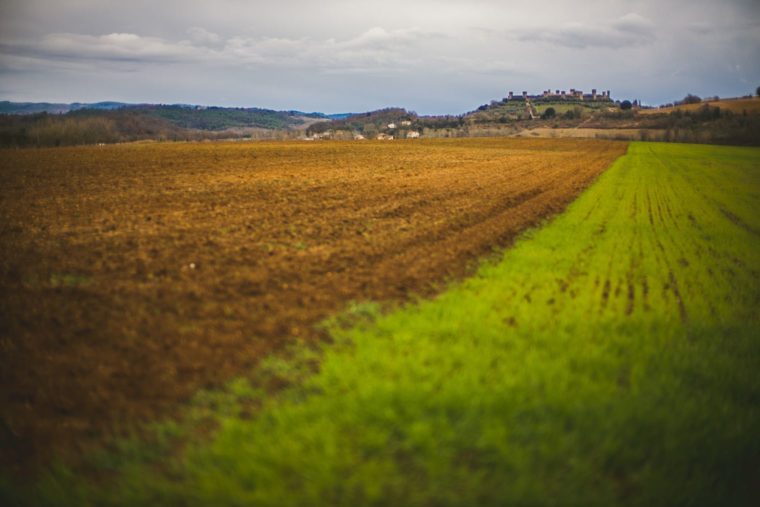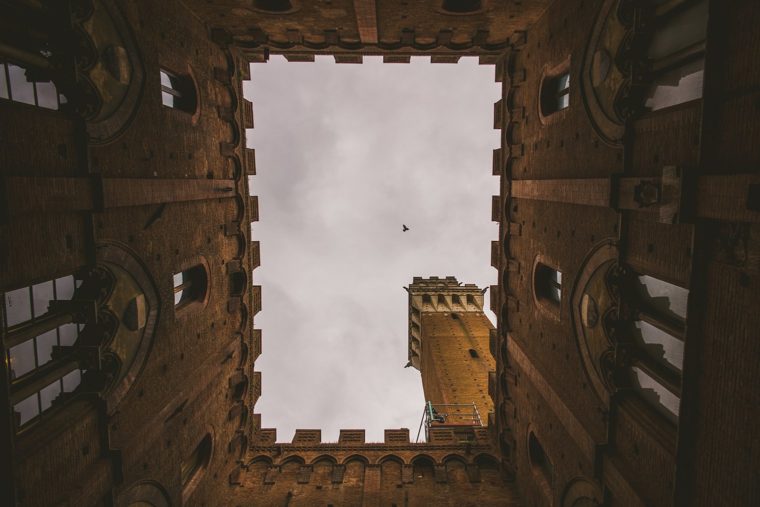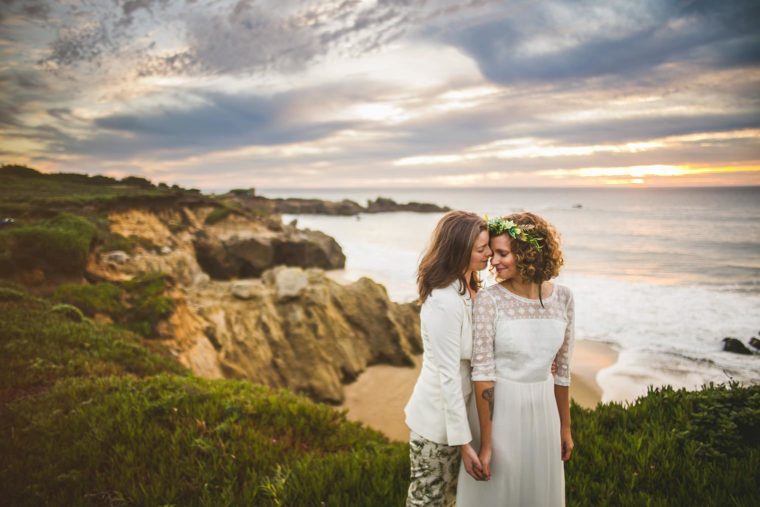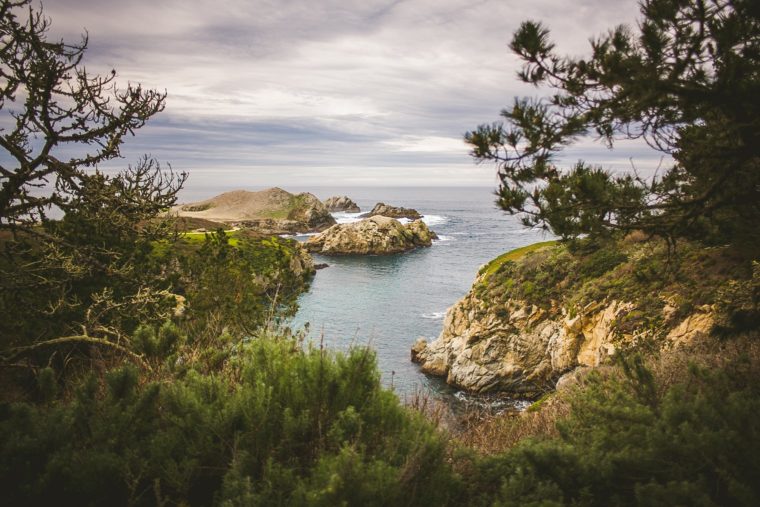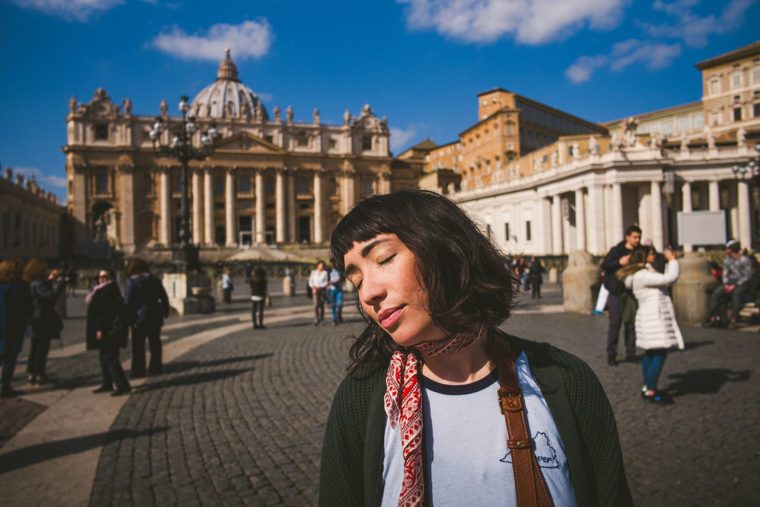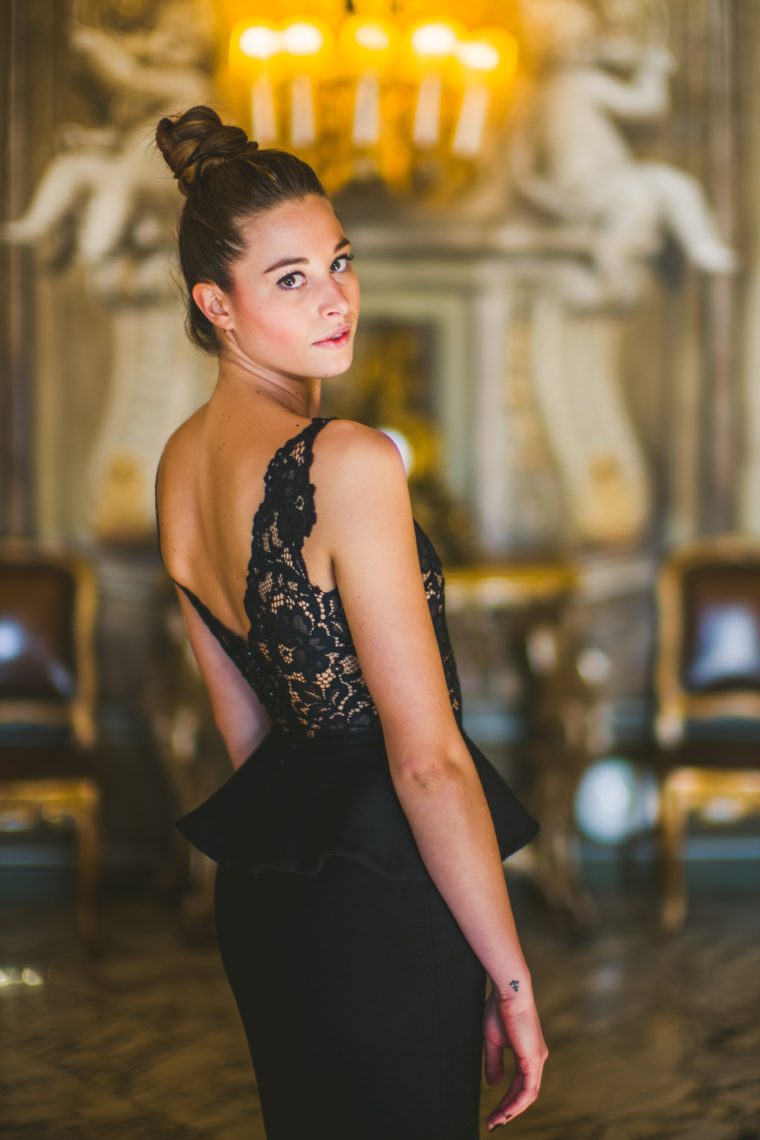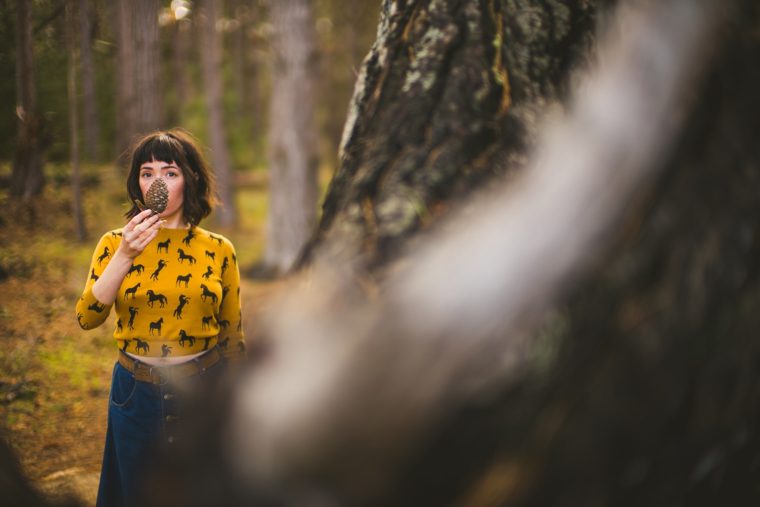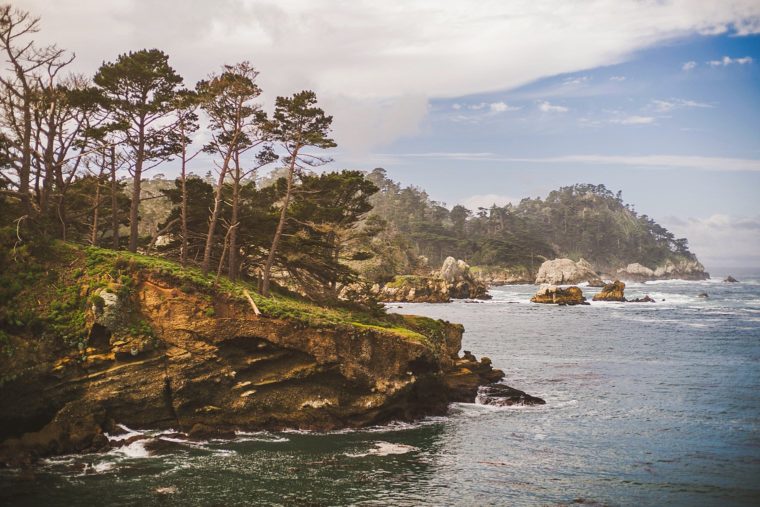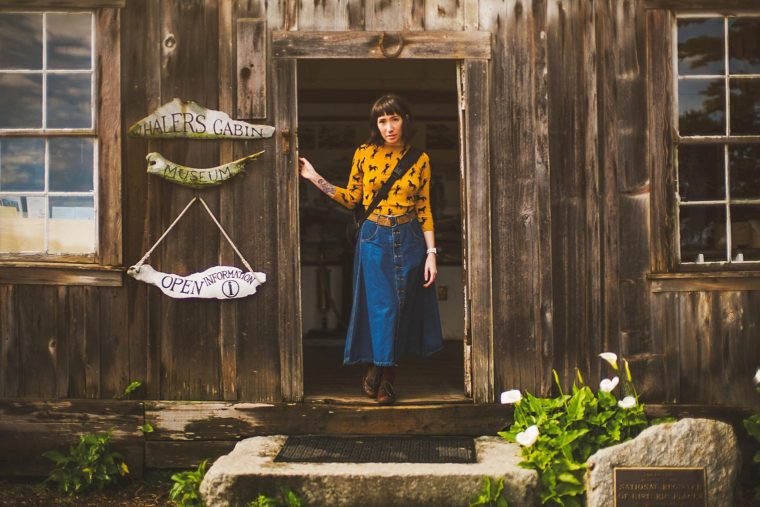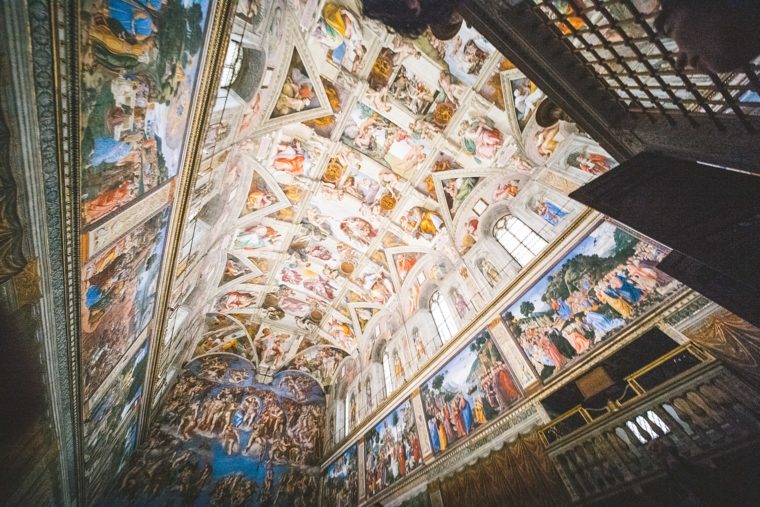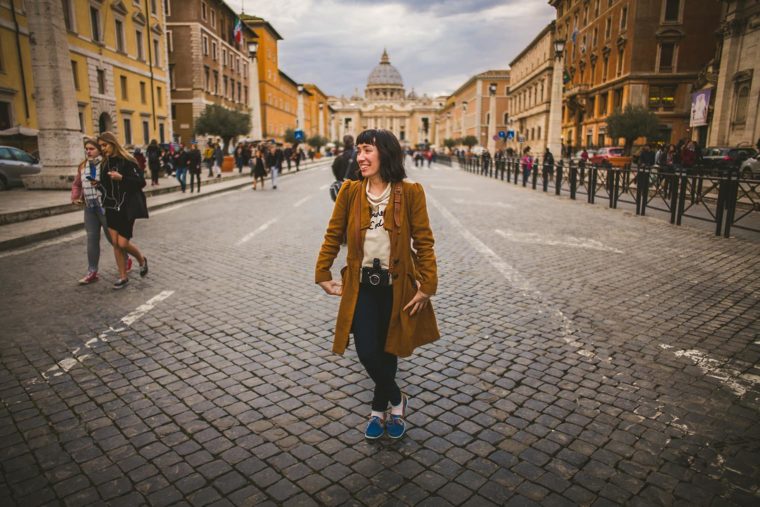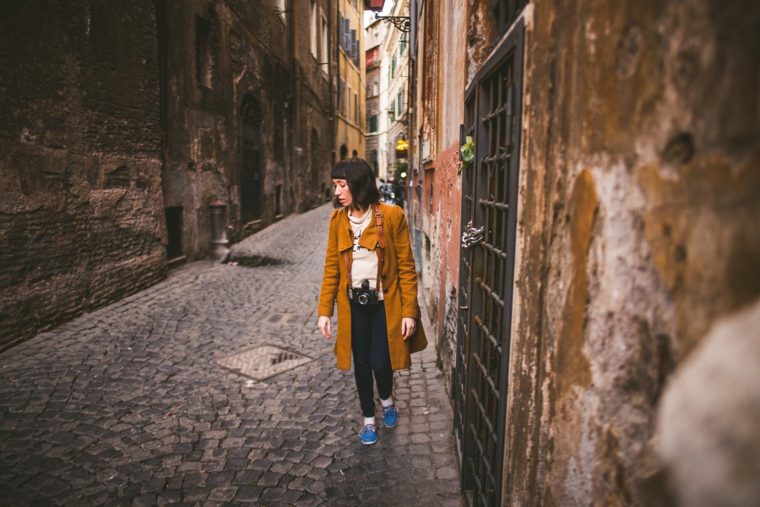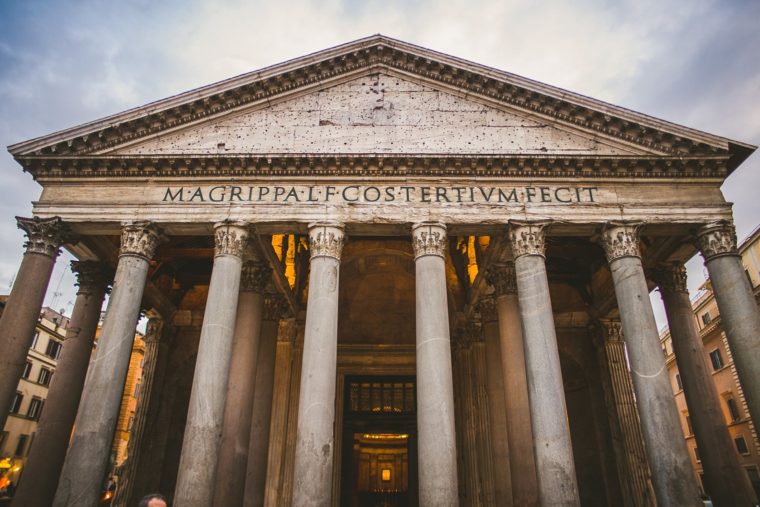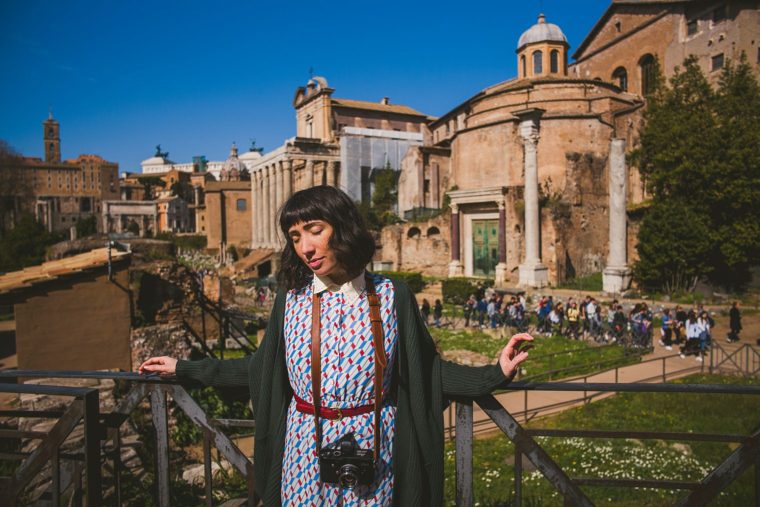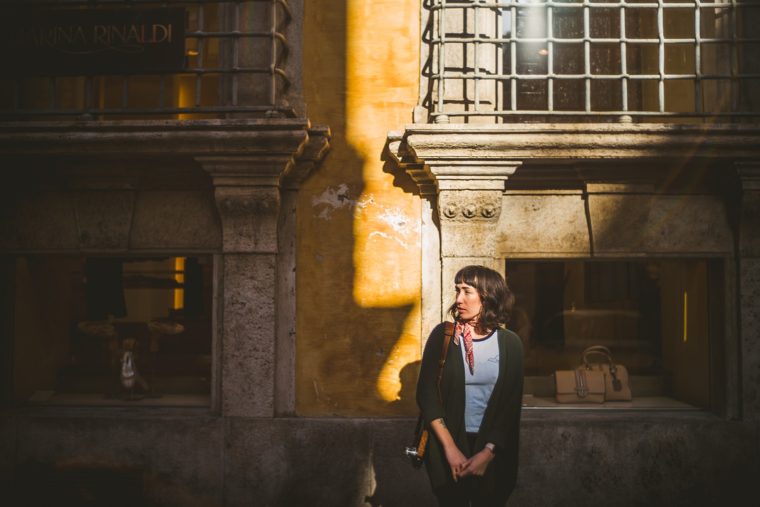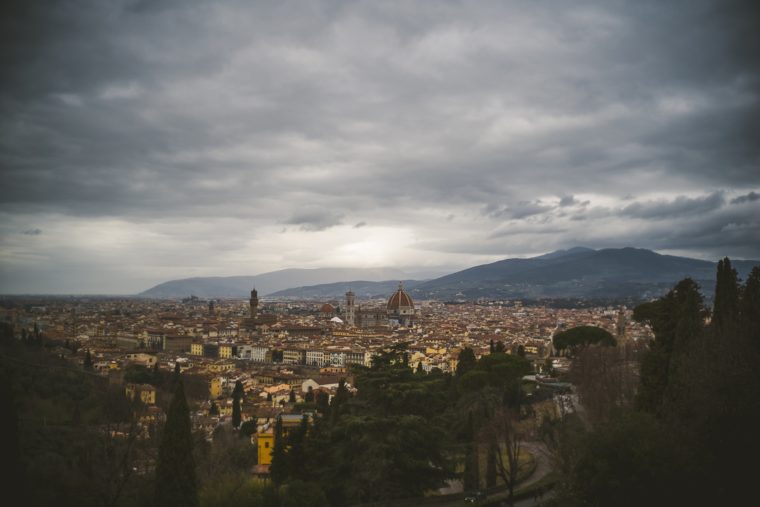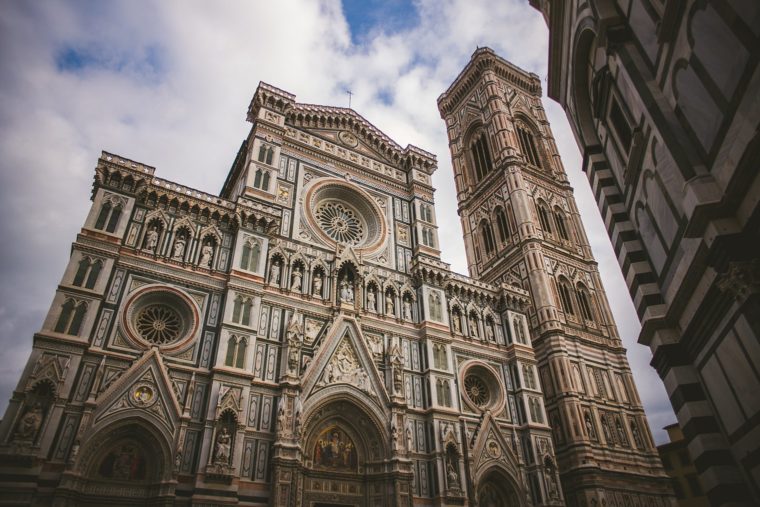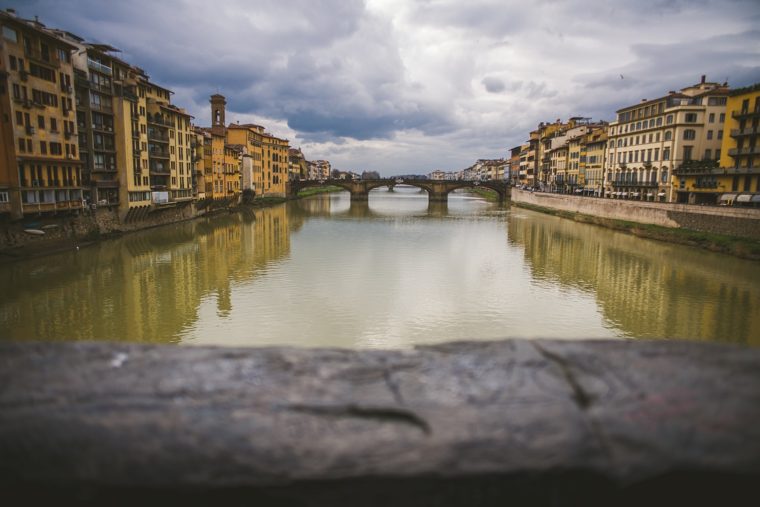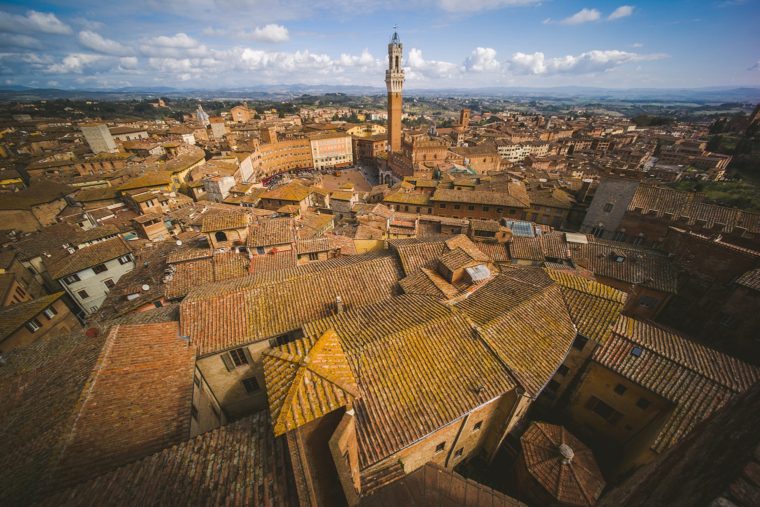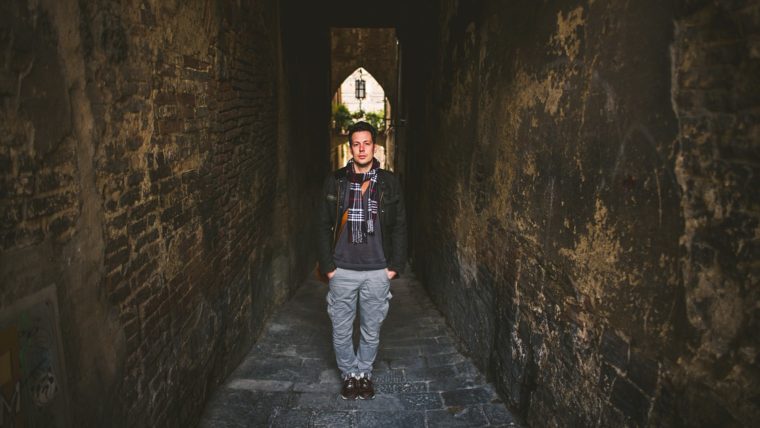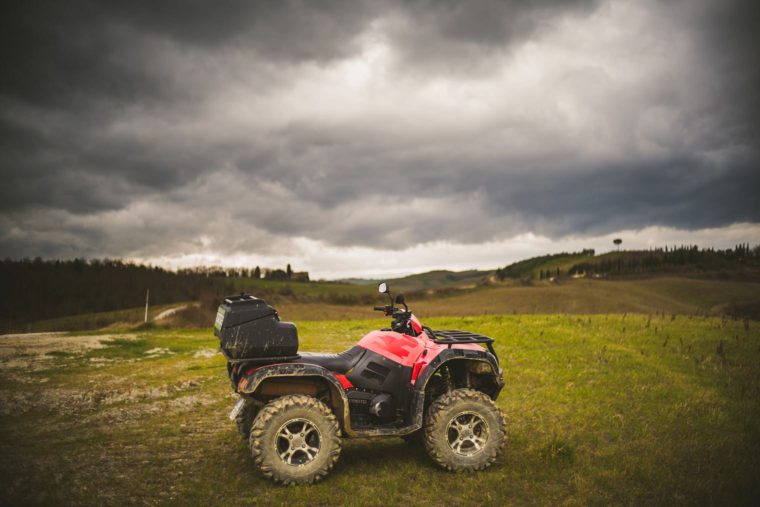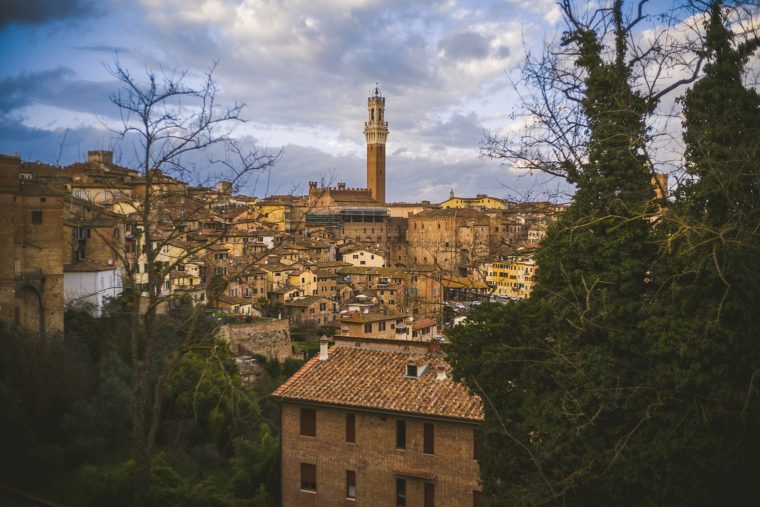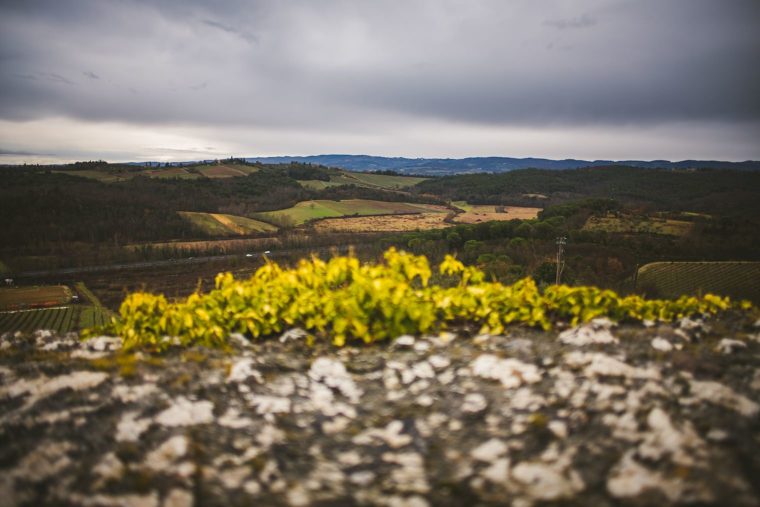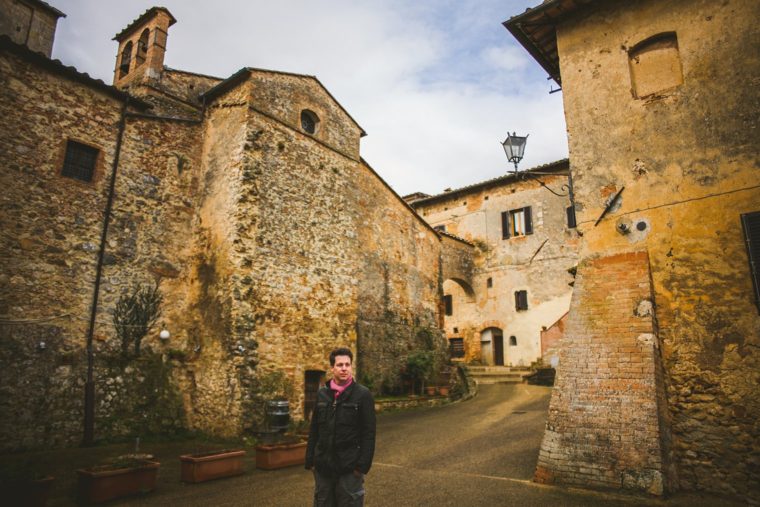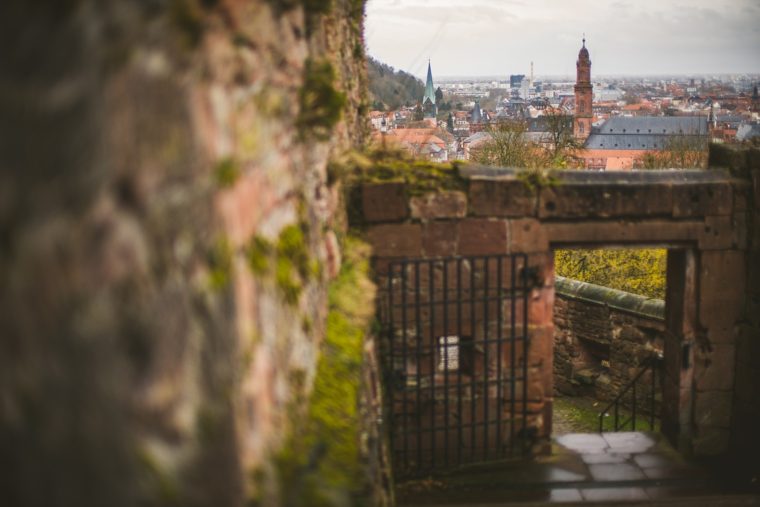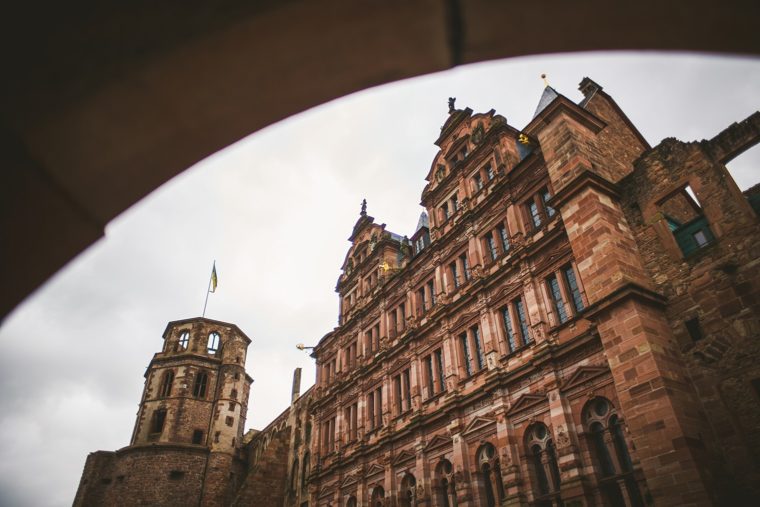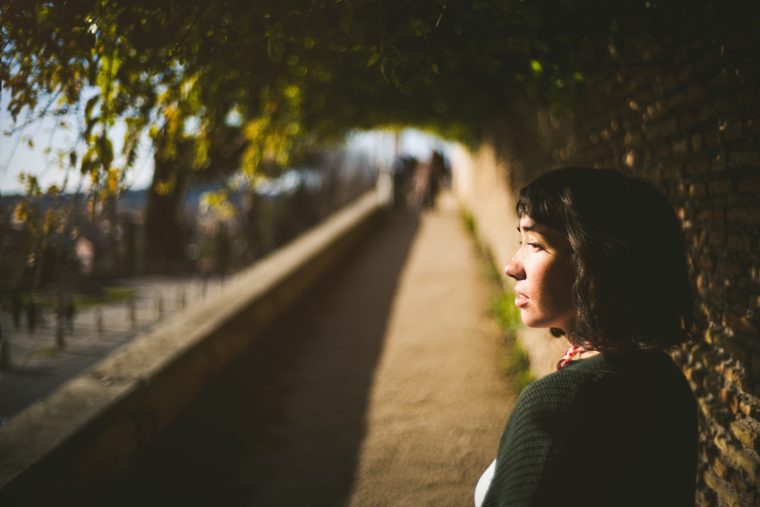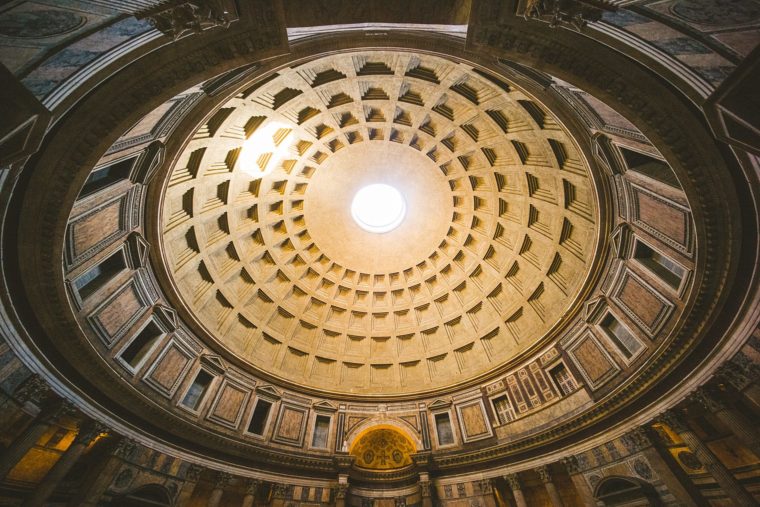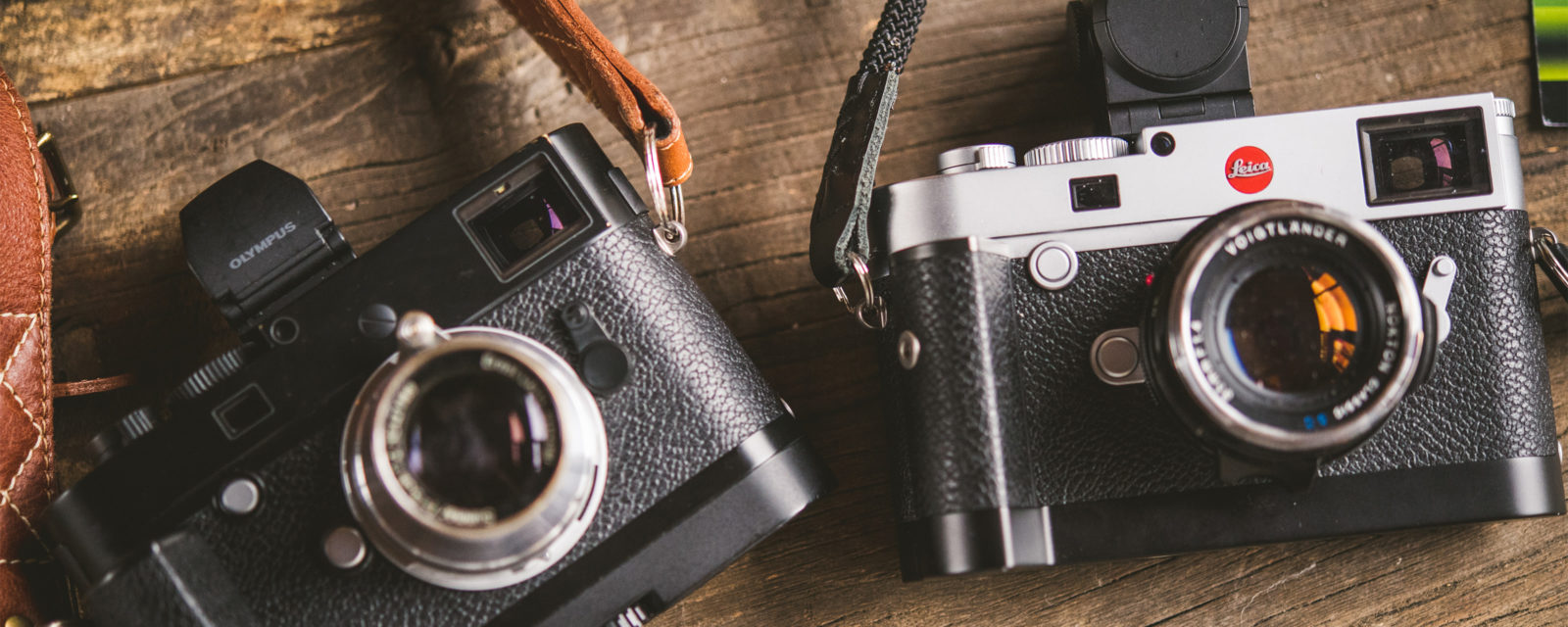If you’re interested in other reviews and technical write ups like this please take a look at my patreon feed.
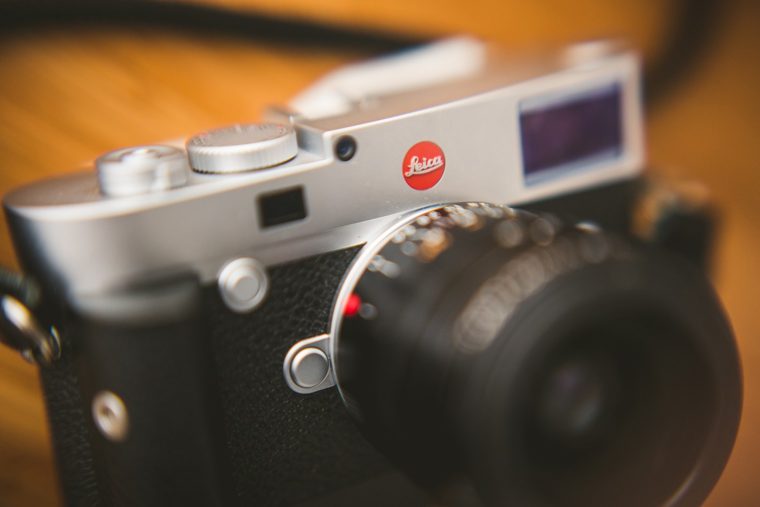
It’s finally happening. Over the years I’ve found that I really don’t enjoy writing. However, I love sharing knowledge and experiences with other creatives, so I’m just going to try my best here.

A few times a day I get a message about how the m10 is working out for me. It’s a puzzling question, because the Leica M cameras are (historically) about the worst suited camera for photographing weddings (no auto focus, slow setting adjustments, bad high ISO performance, and limited battery life) and most of the inquiries come from other wedding photographers. Has Leica finally created something I can apply to my work in weddings? Are there any new revelations to their classic M system?
Just to get a few simple points out of the way:
- I’ve owned the camera for exactly one month, which is not long enough to truly understand the nuances of most camera bodies. However, Leica has streamlined and (in a rarely seen approach from nearly all camera makers) shown restraint and simplification in the features included with this machine. I really appreciate that approach, and I believe that coming from the previous leica digital M cameras (M240, MP, M9, Q, SL) I have enough familiarity with the Leica digital cameras to make some informed conclusions and opinions.
- I have a bias toward the experience and mood that comes with using Leica equipment. I hated the Leica Q – not because it wasn’t a capable camera, but because it robbed the user of the experience of shooting a Leica rangefinder. This is an approach to photography that I cherish very much and use as a critical creative refresher. Also just a break from what I use 95% of the time to make my living. The Q is, of course, not a rangefinder, but it is damn well trying to be some hybrid monster version of it.
- I know very little white sheet info about this camera (or most of the cameras I use) in terms of the raw specs of data (viewfinder magnifications, sensor design, rated test, etc.). I take a glance at specs like this when cameras are announced, but I quickly forget them. I don’t care about anything at all other than the experience I have with the system from photo creation to the end result.
- Every image in this review (unless stated otherwise) is the edited end result (note: no noise reduction ever added) the way I would deliver it to a client or have it printed using my typical workflow and approach.
Build and Design
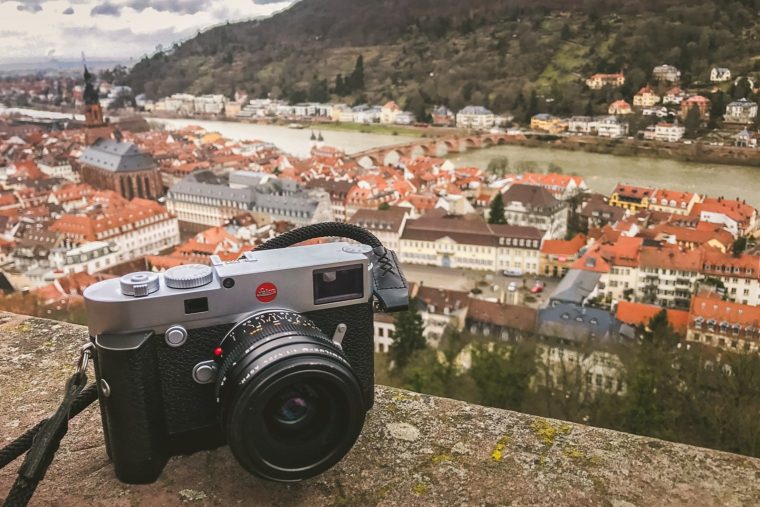 (iPhone 7 photo of the m10)
(iPhone 7 photo of the m10)
Of course, it’s fantastic. Like, “old war” built to last forever fantastic. This isn’t new for Leica M cameras and it’s always a relief to see when Leica uses their classic build materials. Of course, I opted for the beautiful silver body. This actually has a bit of a downside for those looking to use this as a discreet street shooter. Yes, the curtain shutter is still very quiet sounding (and so satisfying) but I always forget using the bright silver with such gorgeous industrial design catches peoples attention much more than when I shoot with my all black Leica MP or even my Nikon D5. But, this eye catching timeless industrial design is also a huge benefit in the right conditions… like portraiture. When my subject knows that I’m photographing them they become much more engaged and serious in what I’m creating purely by the look of the equipment. I chalk it up to human nature. There’s a nostalgia attached to Leica M cameras that even non-photographers appreciate. 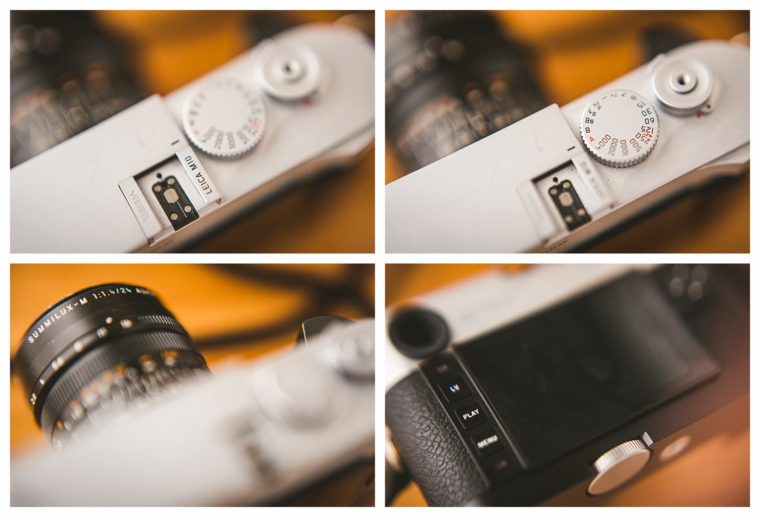 The weight is light and comfortable, and I have always preferred my M bodies with the Leica grip, which I immediately purchased and enjoy even with a strap. I’ve never been a fan of the leathery straps their cameras ship with so I bought a more comfortable nylon strap that’s easier to pack in a bag.Leica has slimmed the overall camera body to what I can only imagine is the absolutely perfect size for this kind of camera. By tossing out the video capabilities they were able to save some space as there are no microphones and very few buttons. I’d say — almost the perfect number of buttons.
The weight is light and comfortable, and I have always preferred my M bodies with the Leica grip, which I immediately purchased and enjoy even with a strap. I’ve never been a fan of the leathery straps their cameras ship with so I bought a more comfortable nylon strap that’s easier to pack in a bag.Leica has slimmed the overall camera body to what I can only imagine is the absolutely perfect size for this kind of camera. By tossing out the video capabilities they were able to save some space as there are no microphones and very few buttons. I’d say — almost the perfect number of buttons.
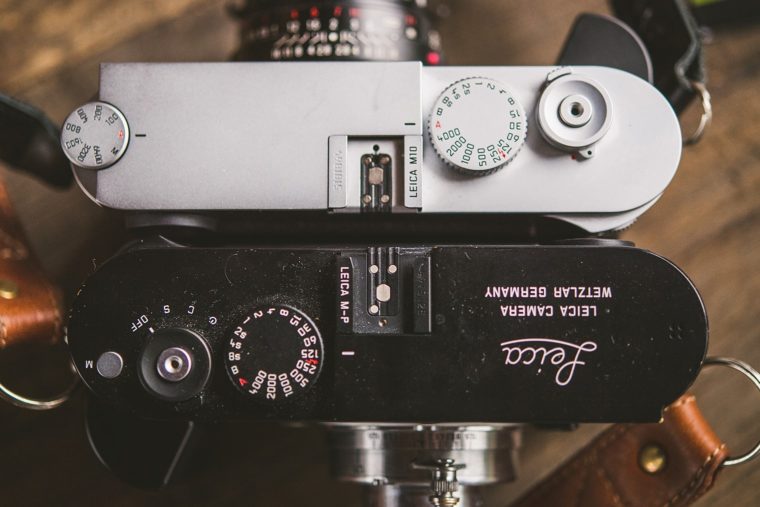
Here are some side by side comparison shots of my all black MP 240 vs M10.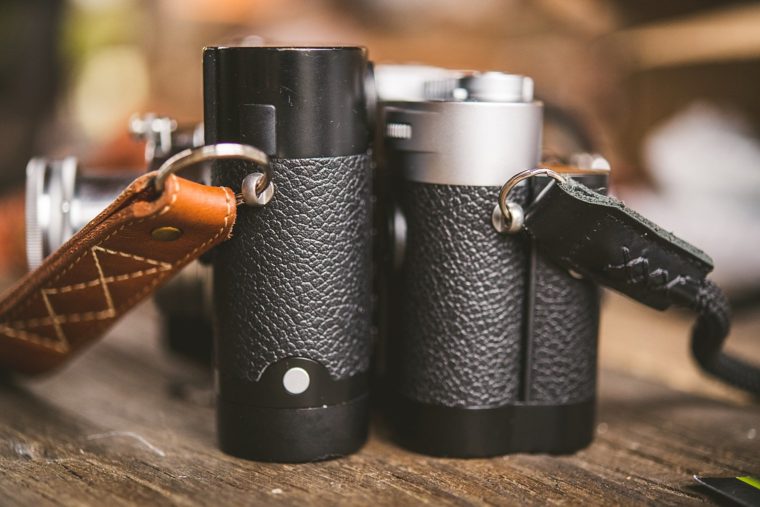
ISO Button
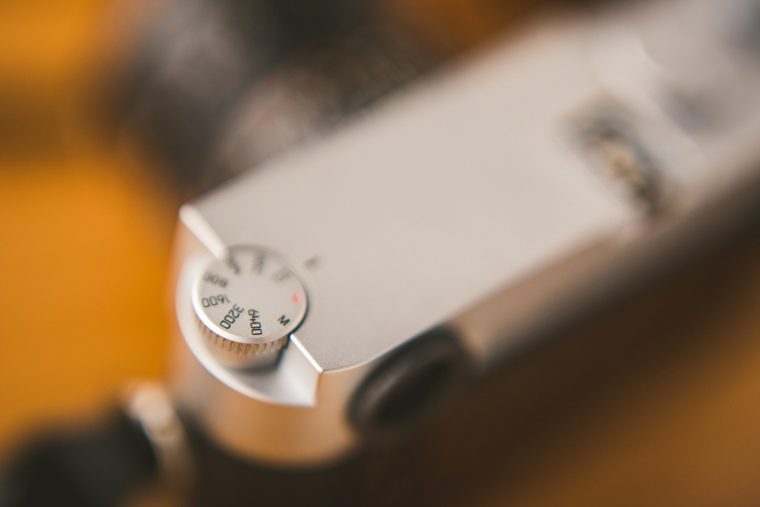 You’ll notice a brand new ISO button that looks incredibly useful, but is one of the biggest let downs about the camera. It’s a button that looks useful in marketing photos, but as soon as you actually start to make images you realize how poorly placed the ISO wheel thingy is. To make matters worse you have to (with some difficulty) pop the thingy straight up to enable it to turn. This sucks. I cannot think of a worse way to design a setting I adjust so often while shooting. It also doesn’t help that if you’re looking through the analog viewfinder your left hand is crammed directly next to your eyebrow trying to navigate this stupid wheel while shooting. It’s a beautiful looking design, but not useful. I vastly prefer the M240 approach of having an actual ISO button that you hold while using your thumb wheel to change value. As a result, I generally keep mine on auto iso.
You’ll notice a brand new ISO button that looks incredibly useful, but is one of the biggest let downs about the camera. It’s a button that looks useful in marketing photos, but as soon as you actually start to make images you realize how poorly placed the ISO wheel thingy is. To make matters worse you have to (with some difficulty) pop the thingy straight up to enable it to turn. This sucks. I cannot think of a worse way to design a setting I adjust so often while shooting. It also doesn’t help that if you’re looking through the analog viewfinder your left hand is crammed directly next to your eyebrow trying to navigate this stupid wheel while shooting. It’s a beautiful looking design, but not useful. I vastly prefer the M240 approach of having an actual ISO button that you hold while using your thumb wheel to change value. As a result, I generally keep mine on auto iso.
Viewfinders
There are technically three viewfinders you can use to make images on this camera. The most obvious is the analog finder in the upper left corner. Leica re-designed this to give a much larger view when you look through it. It’s something I was unusually excited to read about in the specs. I’ll have a huge beautiful analog view to get focus! Great!
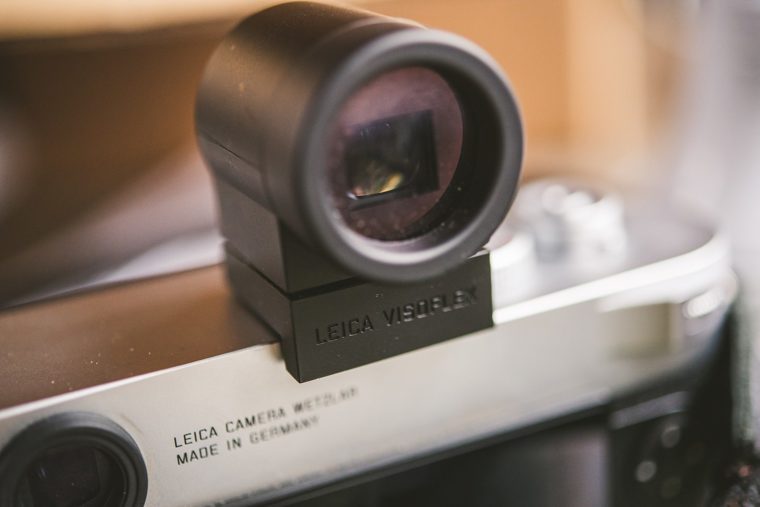
But sadly, I’ve found this to be problematic. Yes, you can more clearly see if you’re getting perfect focus alignment, but when you slow things down and really think about what the enlargement the viewfinder is doing… there’s a problem. Your eye has to physically move and look around far too much. Yes, when looking at the very center of the viewfinder you have a large view of the focus stacks, but when you actually look around the frame to start composing it’s nearly impossible to be able to appreciate the full frame of what you’re composing. Obviously, this is subjective, but imagine a large movie theater. Sitting in the very front row most people hate the fact that the screen is SO large that you’re forced to actually turn your head left and right to see everything happening in the scene. That’s the effect I’m talking about. Now, this viewfinder isn’t at all as bad as that, but it’s probably similar to sitting in rows 15-20. It’s not horribly uncomfortable, but it’s still difficult to appreciate the entire composition of the frame. I actually prefer the viewfinder magnification of the M240 cameras and the EVF. I’ll take better composition over perfect sharpness any day.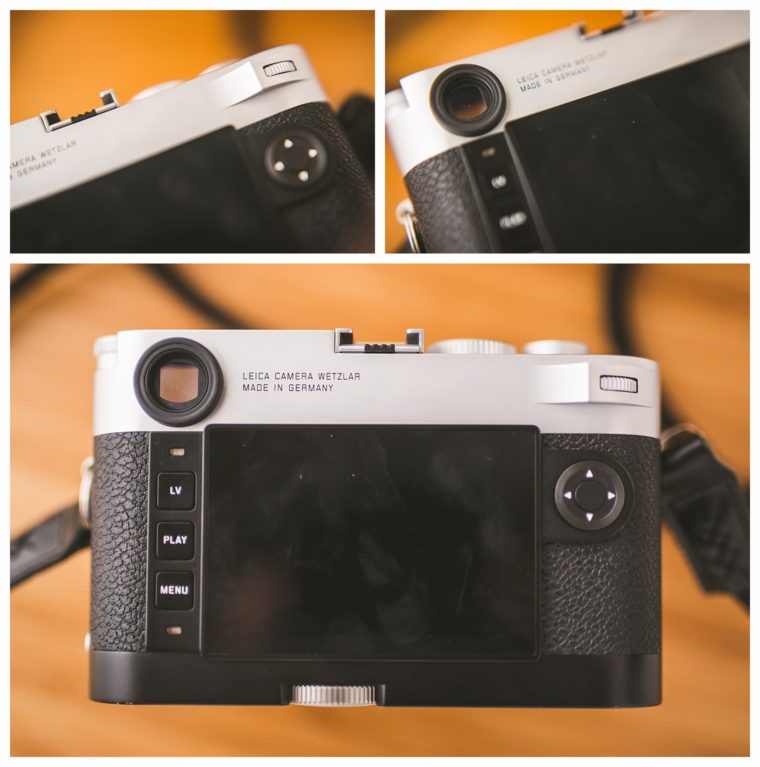 Luckily, there are 2 other options for shooting. The giant screen on the back of the camera and the hot shoe mountable EVF. I absolutely love both of them. Would I prefer an articulating LCD screen and a higher resolution EVF? Sure. But, I don’t think an articulating screen would be possible given the size of the camera body. The EVF does articulate and has resolution clearly past the “good enough” mark, however not as good as the Q or SL cameras. My preferred method of shooting has always been live view as I use lenses like the 24mm, 12mm, and 50 .95 noctilux. These all need EVF assistance to use reliably for framing and focus. The widest lens you can shoot with the analog viewfinder is 28mm before you’d need an adapter to have proper frame lines, and the 50mm f/0.95 has insanely shallow DOF that you need focus peaking /zooming to use.
Luckily, there are 2 other options for shooting. The giant screen on the back of the camera and the hot shoe mountable EVF. I absolutely love both of them. Would I prefer an articulating LCD screen and a higher resolution EVF? Sure. But, I don’t think an articulating screen would be possible given the size of the camera body. The EVF does articulate and has resolution clearly past the “good enough” mark, however not as good as the Q or SL cameras. My preferred method of shooting has always been live view as I use lenses like the 24mm, 12mm, and 50 .95 noctilux. These all need EVF assistance to use reliably for framing and focus. The widest lens you can shoot with the analog viewfinder is 28mm before you’d need an adapter to have proper frame lines, and the 50mm f/0.95 has insanely shallow DOF that you need focus peaking /zooming to use.
Battery Life
Seems about the same as the m240 – maybe a touch worse. I’d recommend a backup battery, but I never had a moment where I found myself unexpectedly out of power. It’s a different physical sized battery than the previous M bodies, which is a shame, but understandable.
Metering
Leica has some magical engineering in however they program their metering.
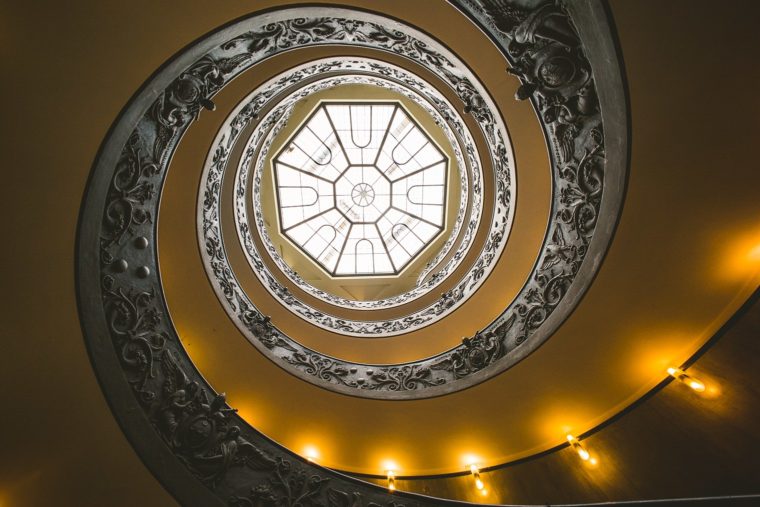
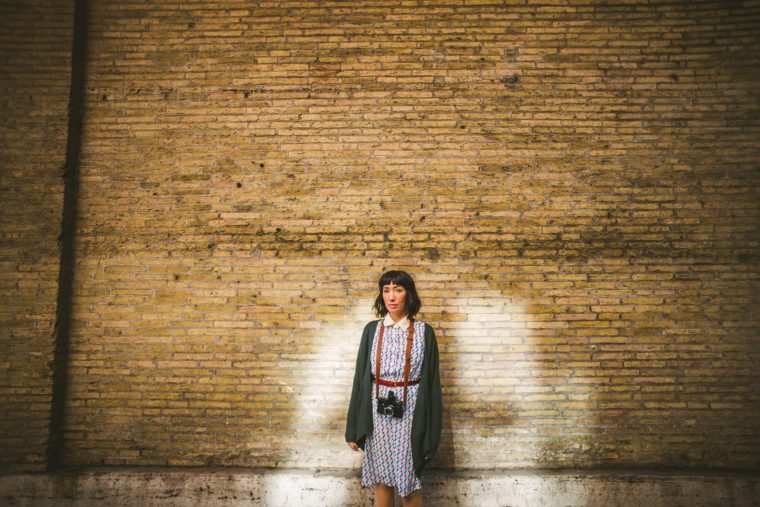 I essentially leave my system in aperture priority for all shooting (auto iso and auto shutter) and let the camera do the work in the multi-field metering mode. I can compose and quickly compensate the exposure with just the one simple thumb wheel and boom. compose. done.
I essentially leave my system in aperture priority for all shooting (auto iso and auto shutter) and let the camera do the work in the multi-field metering mode. I can compose and quickly compensate the exposure with just the one simple thumb wheel and boom. compose. done.
ISO/Sensor Performance.
Holy shit. The performance that Leica has cranked out of this sensor is incredible. I have no idea what or how, but the high ISO performance is perfectly matched with incredible dynamic range. I’ll go so far as to say that these are my favorite files to work with since the Nikon D810 in terms of color and dynamic range. The colors are stunning. The blues and reds in particular are just absolutely dialed into my tastes, exactly. The one downside I’ve noticed is that the highlights are very unforgiving. If you blow them out – they’re gone with very little recovery. Just under expose the overall scene for any bright light light and you’ll be in good shape to work the shadows back in post.
Let’s start with some good clean images in ideal light with an easy subject! All of these are with the Leica Noctilux 50mm at f/0.95
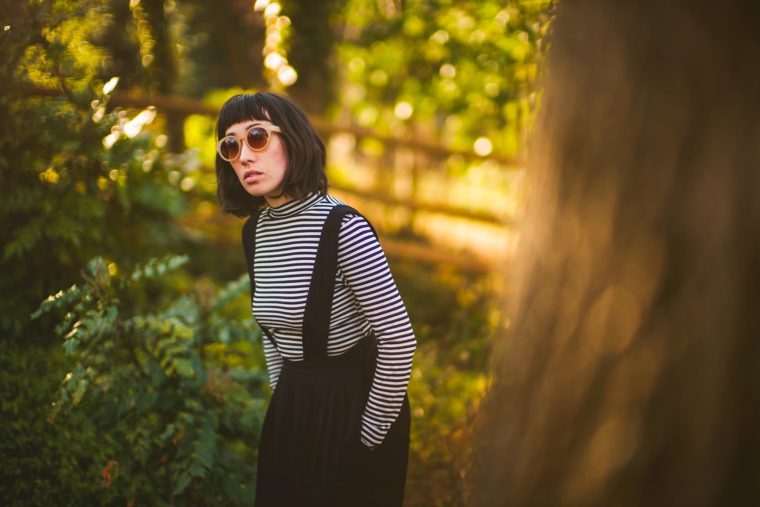
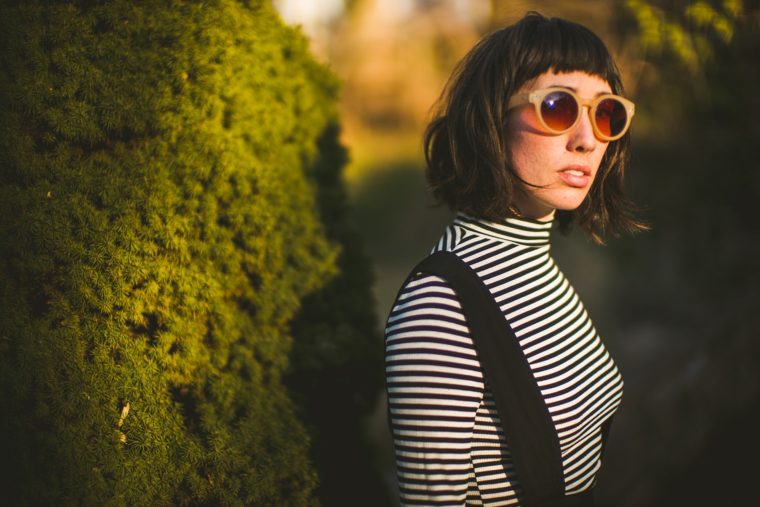
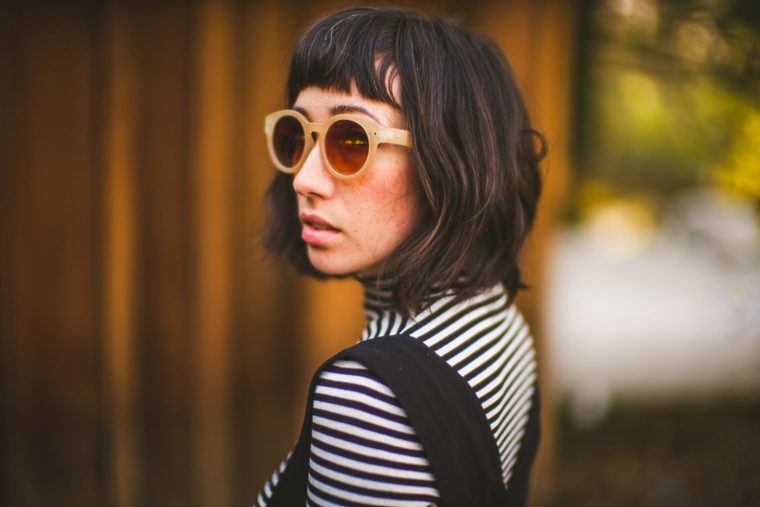


Here are some high ISO samples:
10,000 iso below:
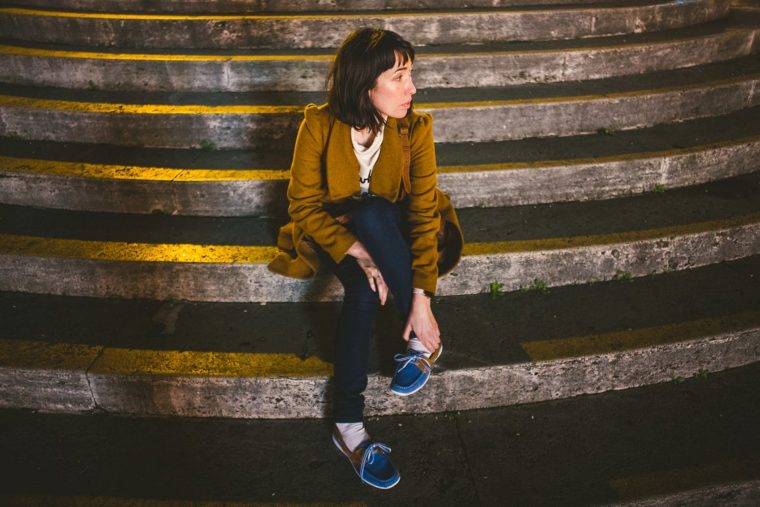
16,000 iso below:
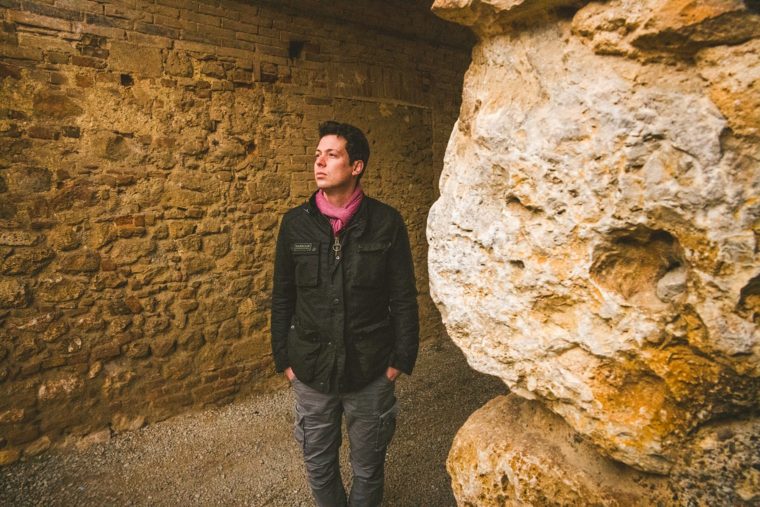
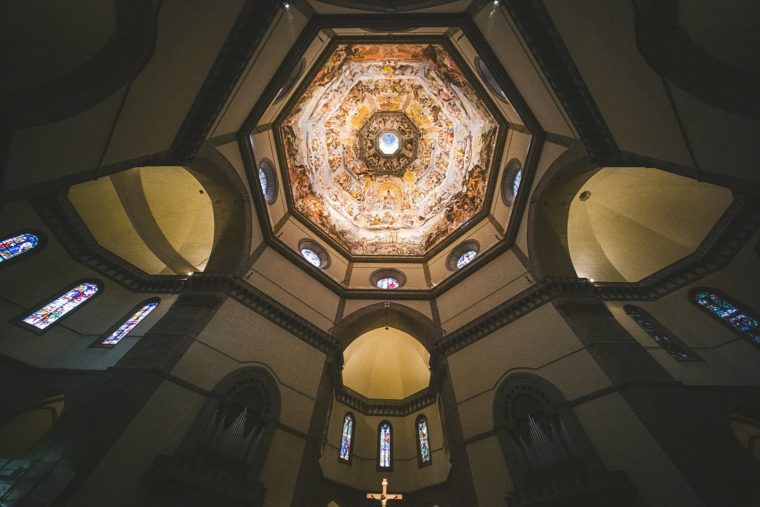
32,000 below: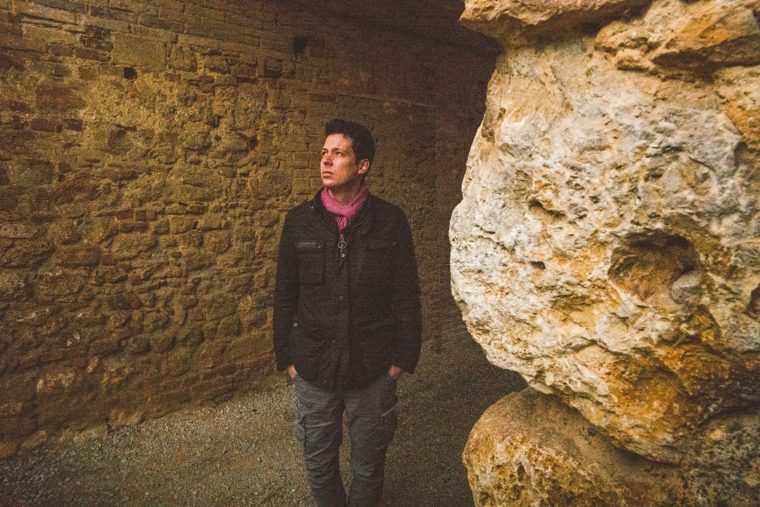
My conclusion? Pretty fantastic. Similar performance to the Nikon D850.
Here are some high dynamic range samples:

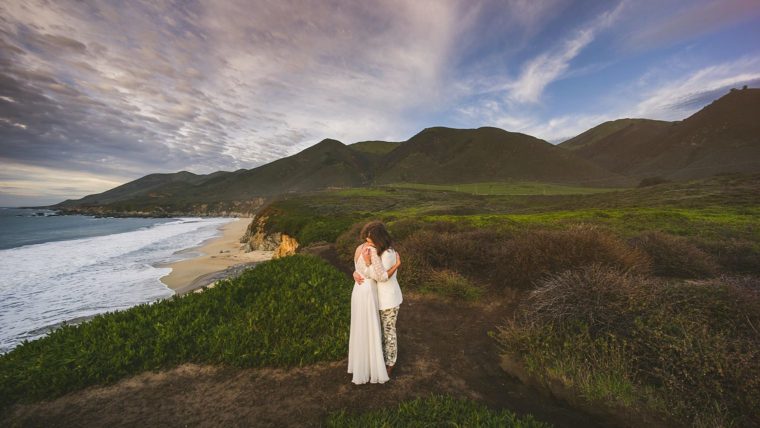 The high key image below shows an example of the highlights being unrecoverable, but in this case – it works in my favor.
The high key image below shows an example of the highlights being unrecoverable, but in this case – it works in my favor.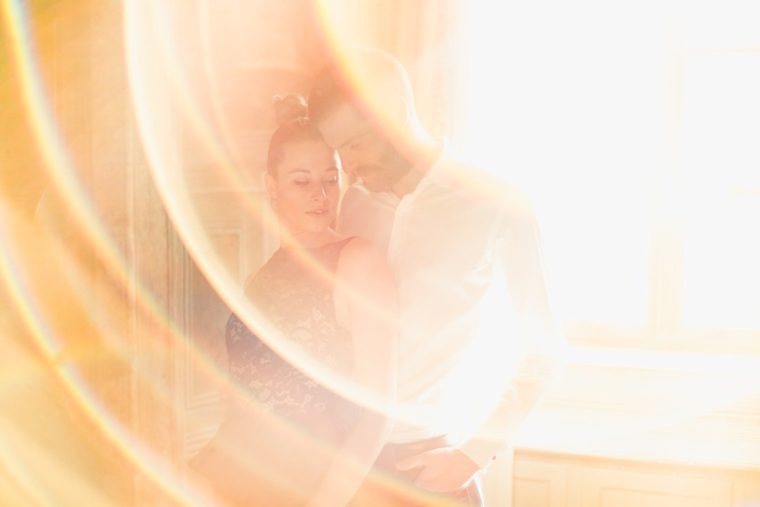
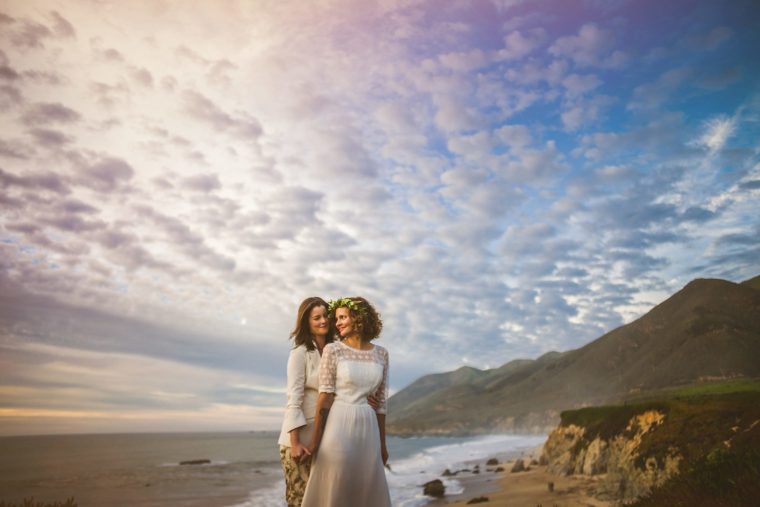
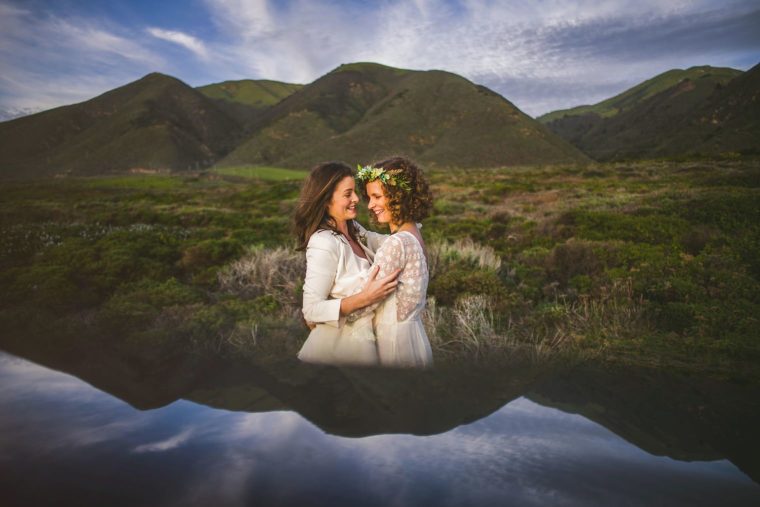
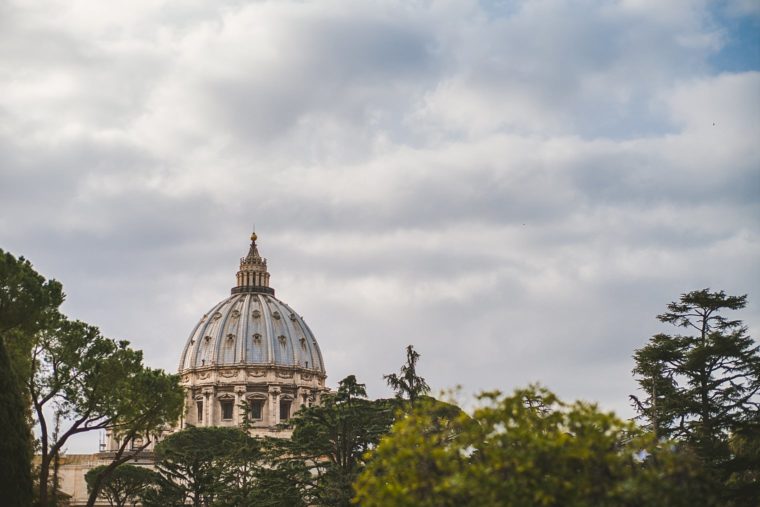
Menu Design and miscellaneous features.
The menus are smart. clean. customizable. I really like what they’ve done simplifying the options.
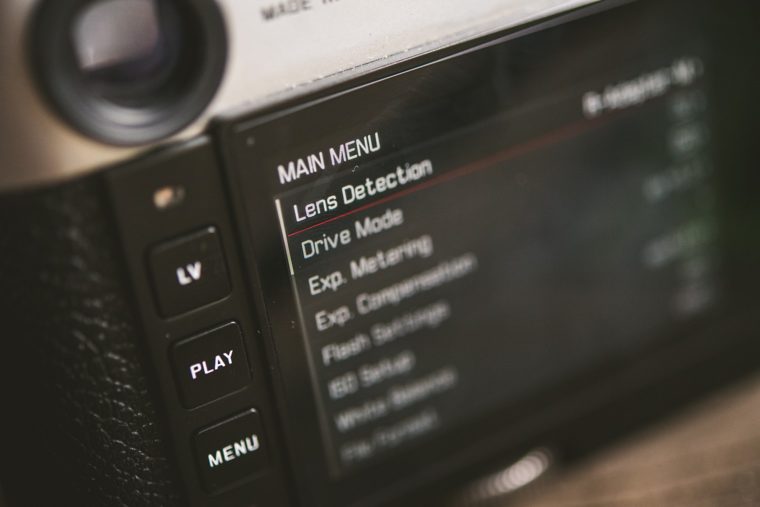
My favorite menu items are the first thing i see when I hit the menu button.
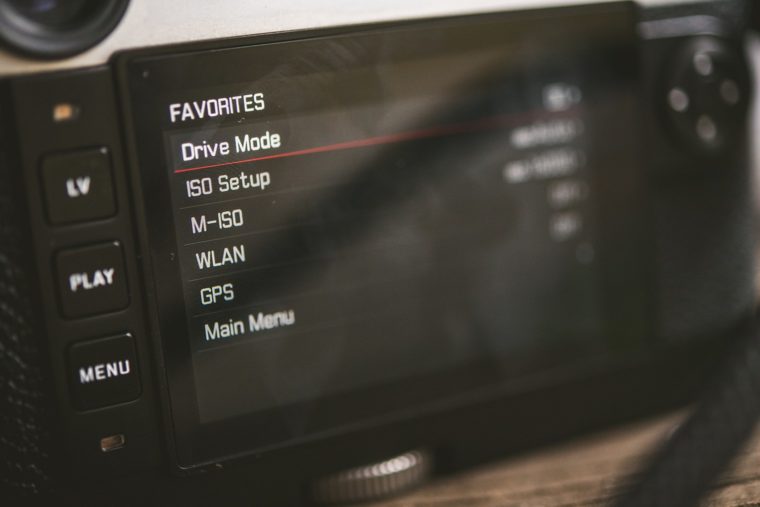
GPS is only available through the EVF, which is a little strange, but I’m assuming another space saving feature for the camera body itself. The M240 had GPS via the camera grip, which really appealed to me when I purchased it, but have realized only recently that’d I’ve never once looked at my GPS tagged photos on a map. So, it’s a feature I can take or leave with very little care. The wifi connectivity is useable, but not great. It’s not a particularly good experience because the DNG file transfer is so slow (about 15-20 seconds per image) but the iOS app to transfer files, select favorites, and remotely control the camera live view is nicely designed. Wifi seems good in a pinch, but far from being a regular way to transfer files. As a more serious step toward SD card reader independence I’d love to see a desktop wifi transfer solution macOS.
Conclusion
Is the Leica M10 worth the cost? Nope. But Leica stuff almost never is.
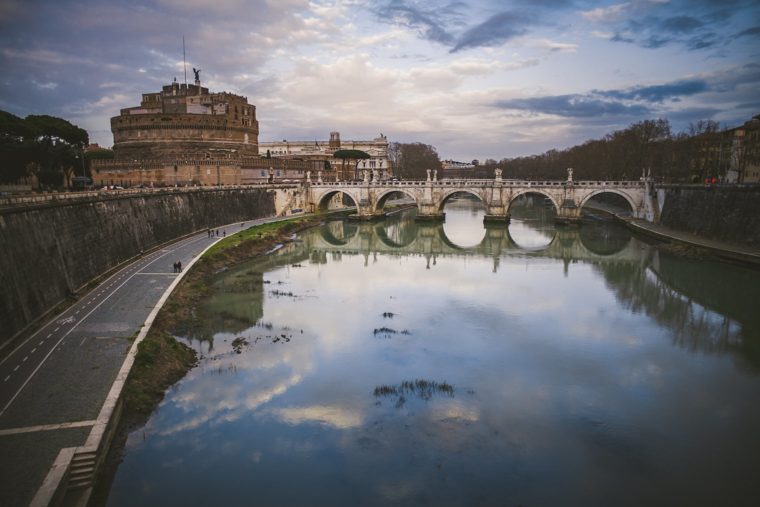
Am I selling mine? Nope.
For the first few iterations of the Leica cameras I purchased I always went in hoping that I would be able to replace my workhorse DSLR cameras for wedding work. I’ve slowly realized that I don’t actually want to be able to replace my wedding cameras. For me, Leica is the perfect relief from a certain method of shooting that comes with DSLR cameras. Given that reasoning… it’s hard to justify the $6500 price tag (body only), but it’s also hard to put a price on a continuous source of creative re-invigoration.
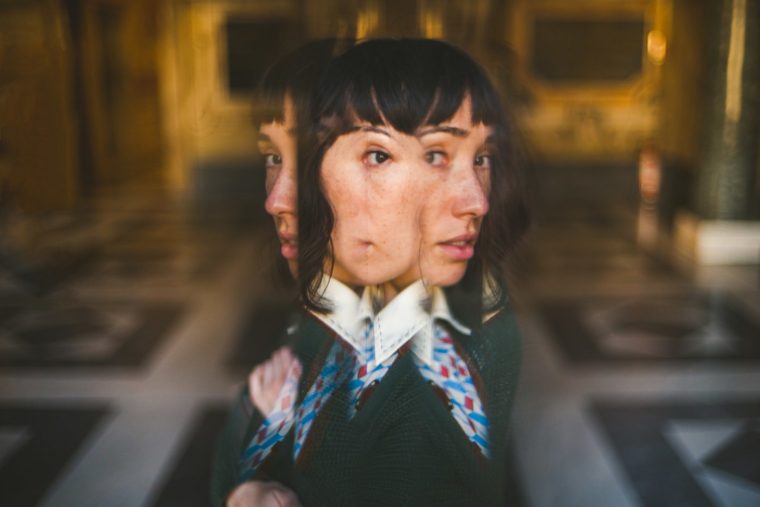
If you already own the m240 should you upgrade? If you’re happy with the ergonomics from the M240 cameras and you’re only interested in performance side I’d take a look at all of the images you’ve made with the 240 and note the ISO values. How often are you over 3200 ISO? If it’s often then absolutely upgrade. If it’s not – then don’t. From a size/speed/everything else – the M10 is near perfect so I’d recommend upgrading if you don’t like the feel of the M240.
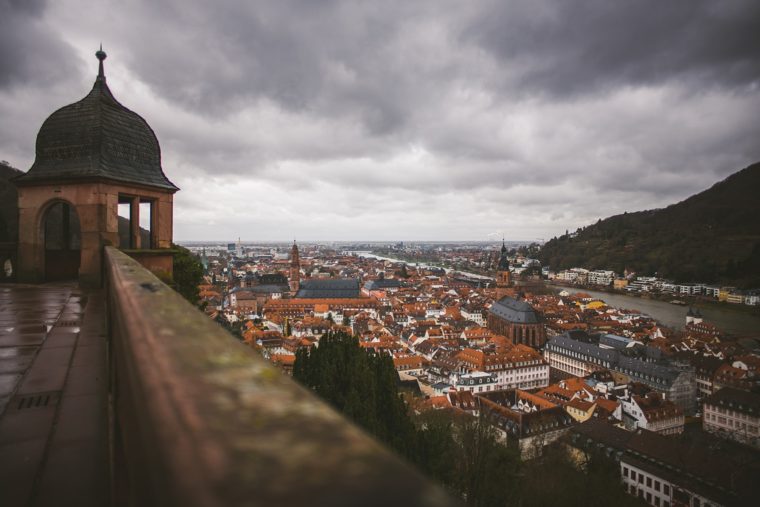
On a closing note, I feel very lucky that I’m able to write this article from Leica’s native home; Germany. I happen to be in Heidelberg and I can’t think of a better place to sit back and reflect on the engineering and craftsmanship that went into this lovely camera. I’m very skeptical about the long term viability of Leica as a company. Seeing them develop and release insanely stupid lenses like the heavy, slow, and $5000 50mm 1.4, or the less than stellar Leica S and Leica T, I’m very glad to own the near perfection of Leica M cameras… the M10. Super happy it was released before the company goes bankrupt.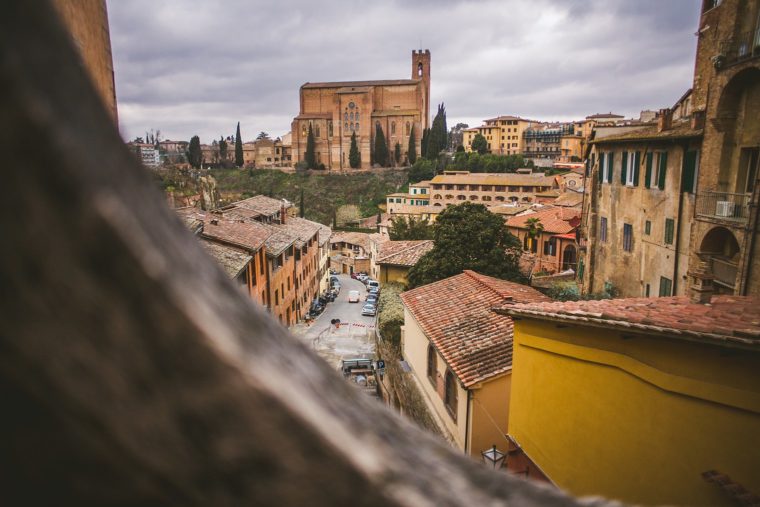 I’ll leave you with a boat load of other sample images from my time in Italy and Germany teaching workshops for the last two weeks.
I’ll leave you with a boat load of other sample images from my time in Italy and Germany teaching workshops for the last two weeks.
